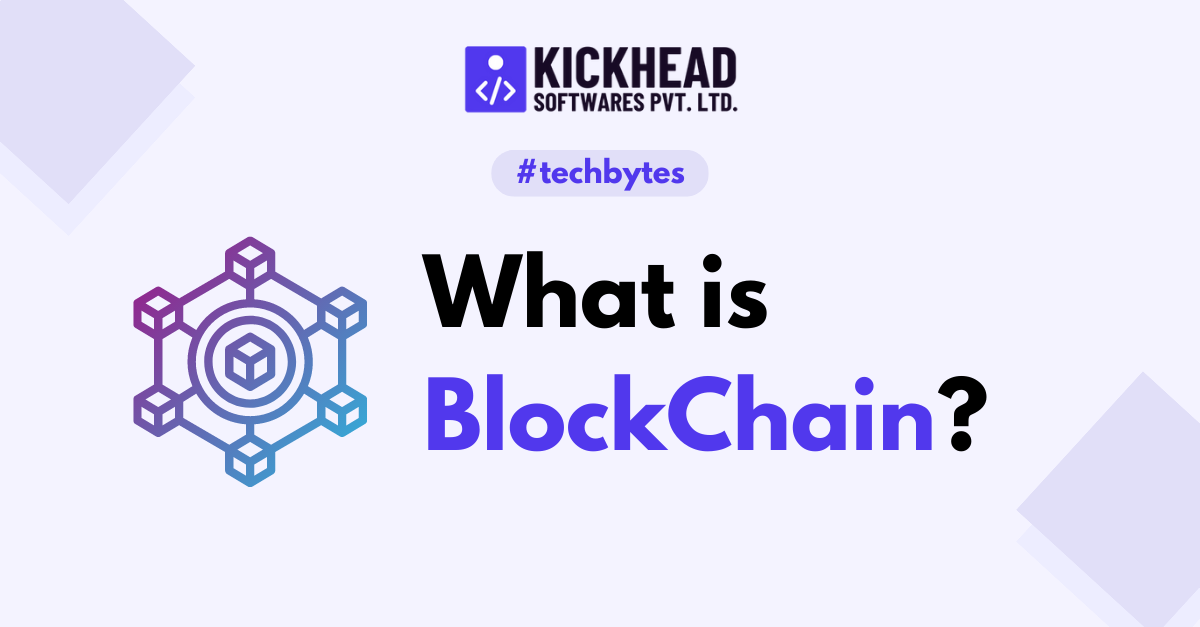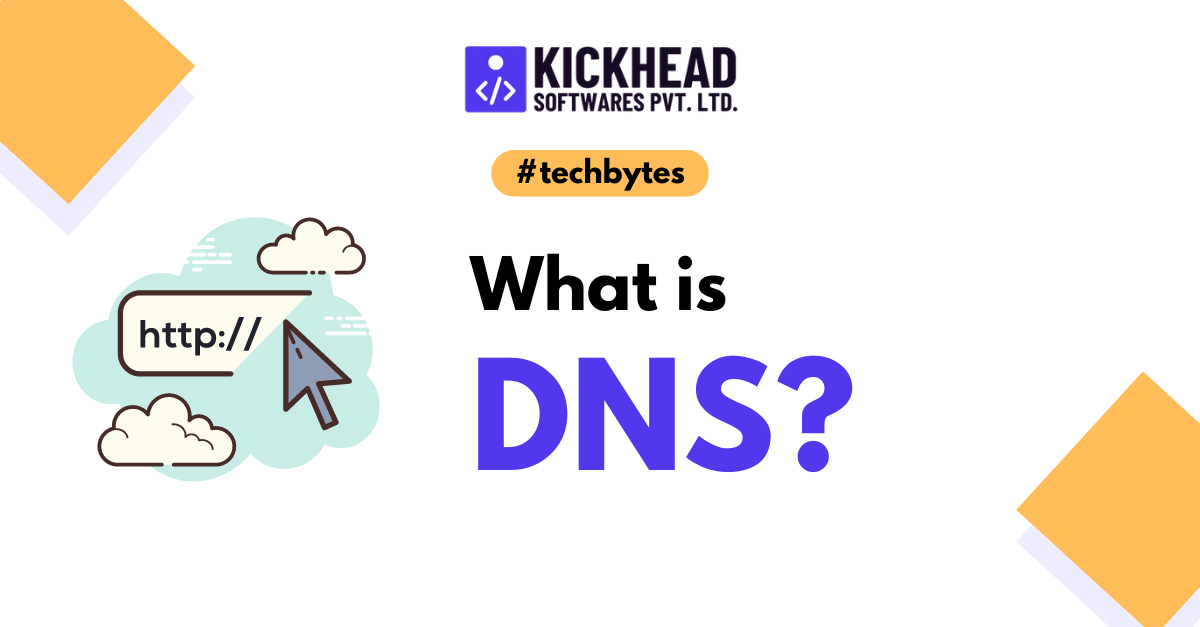
Blockchain is a type of distributed ledger technology (DLT) that uses a chain of blocks to record transactions across a network of computers.
Blockchain can be thought of as a digital ledger, similar to a traditional paper ledger used to record financial transactions. However, unlike a traditional ledger that is kept in one central location, a blockchain is distributed across a network of computers, making it decentralized and tamper-proof.
Essentially, Blockchain is a type of distributed ledger technology (DLT) that uses a chain of blocks to record transactions across a network of computers. Each block contains a number of transactions, and every block is linked to the block before it, creating a chain of blocks. Once a block is added to the blockchain, the information it contains cannot be altered or deleted, making the blockchain a secure and tamper-proof method of recording transactions.
Here are some analogies and examples of how blockchain technology can be used in real-world scenarios:
-
A shared Google doc: Imagine multiple people working on a shared Google doc, where every time a change is made, it's recorded and timestamped. And once the change is recorded, it can't be altered or deleted. This is similar to how transactions are recorded and stored in a blockchain.
-
A digital land registry: A blockchain-based land registry system would allow for a tamper-proof record of land ownership, making it more transparent and efficient. This is already being implemented in countries like Sweden, where a blockchain-based land registry system is being developed to increase transparency and reduce fraud.
-
A voting system: Blockchain can be used to create a secure and transparent voting system. By using blockchain, each vote can be recorded and tallied in real-time, providing a tamper-proof record of the voting process and the final results.
-
Digital Identity: Blockchain technology is also being used to create secure digital identities. For example, the government of Estonia is using blockchain to create a digital ID system that allows citizens to access government services online.
In summary, blockchain is a digital ledger that records transactions across a network of computers, making it decentralized, transparent and tamper-proof. It has a wide range of potential use cases and it is already being implemented in various industries such as finance, supply chain, governance and digital identity.

